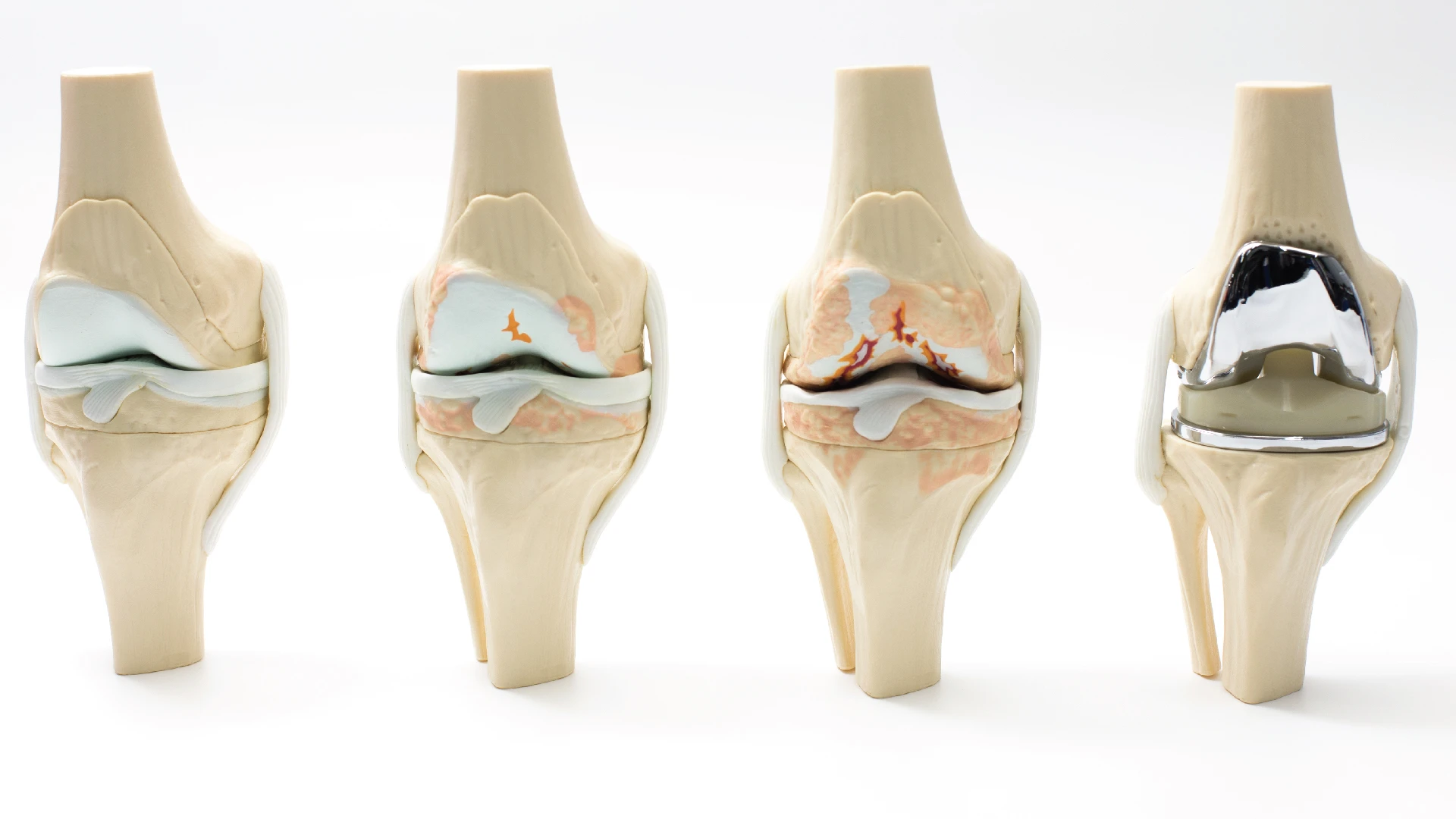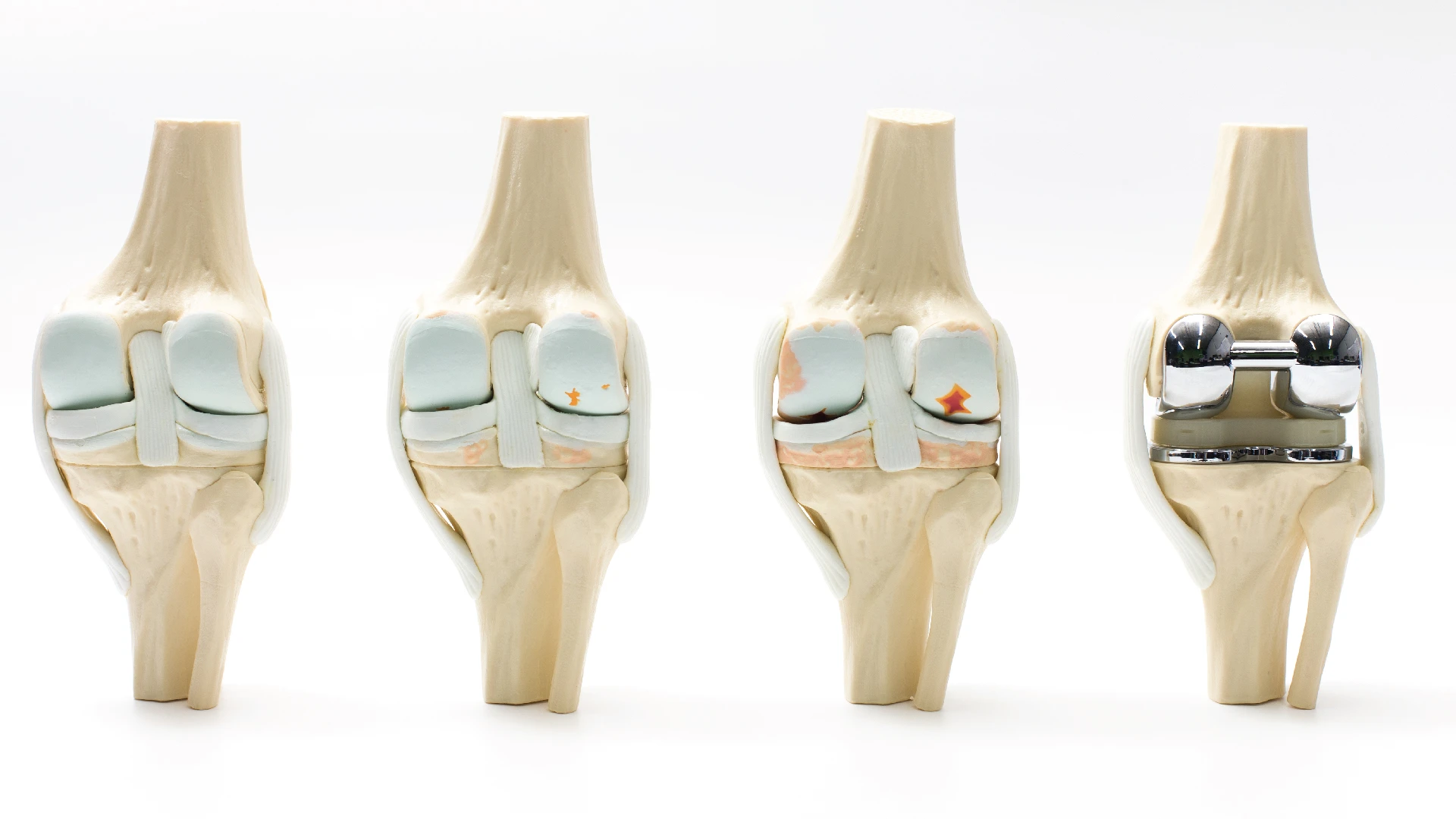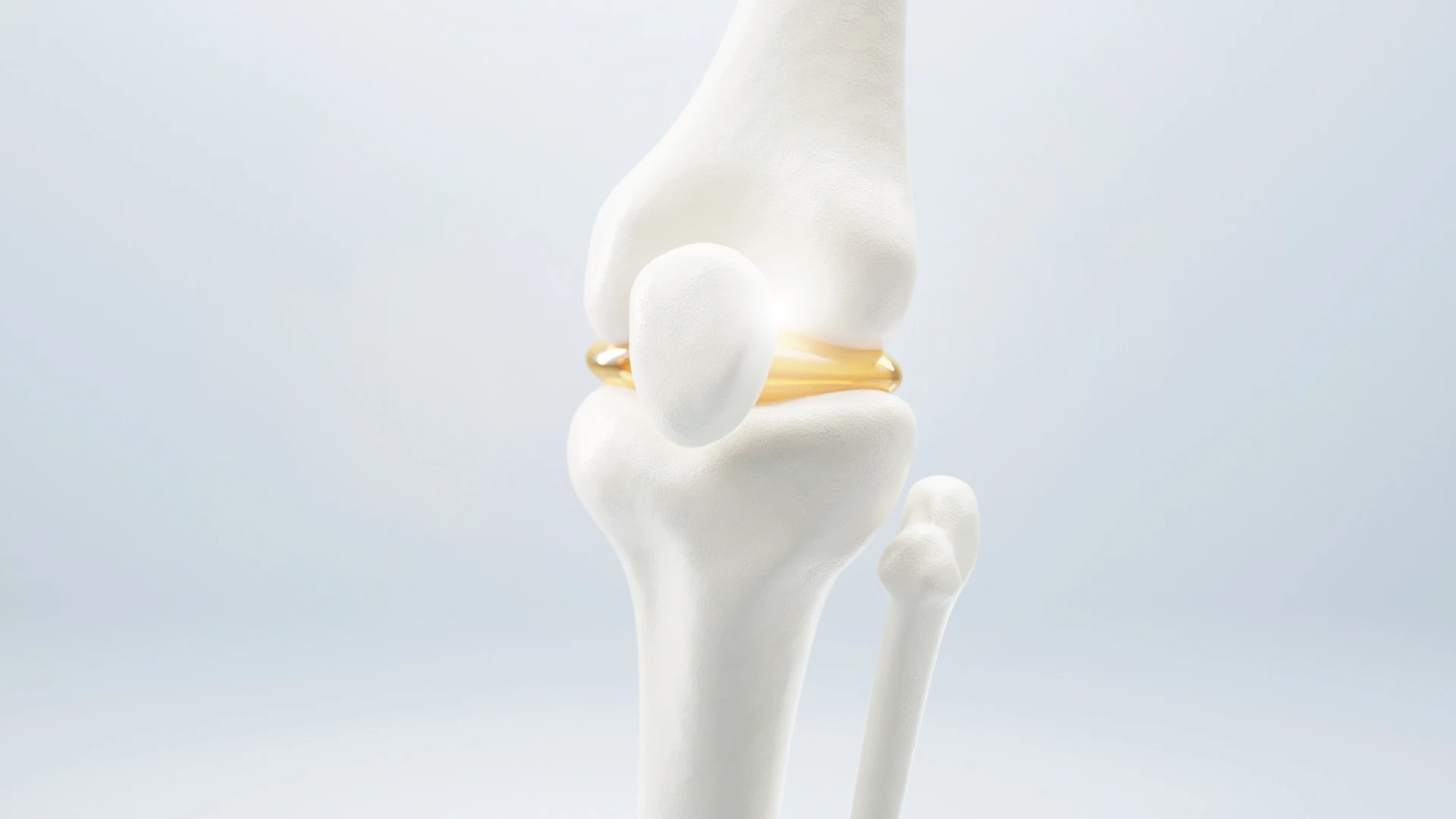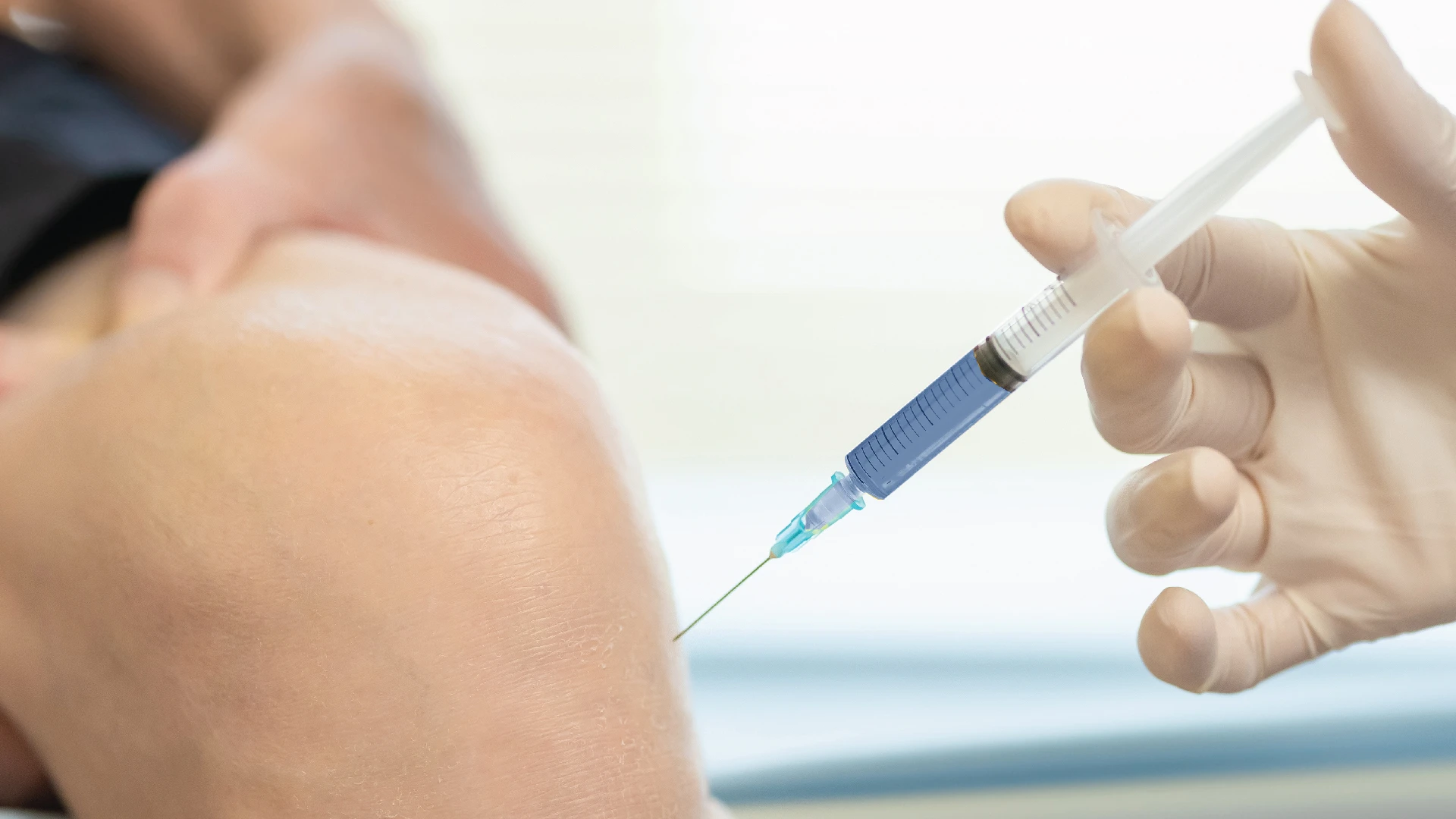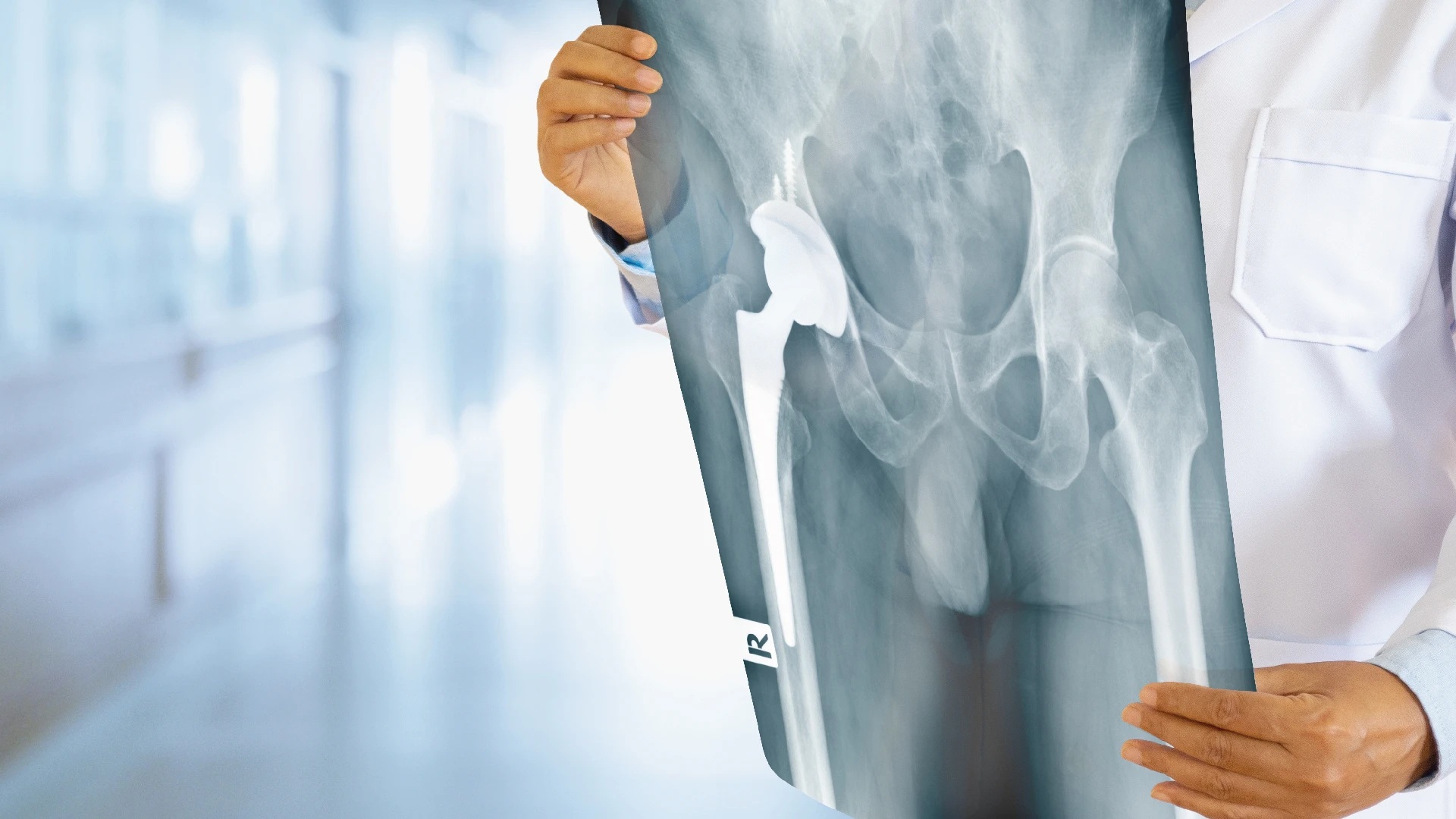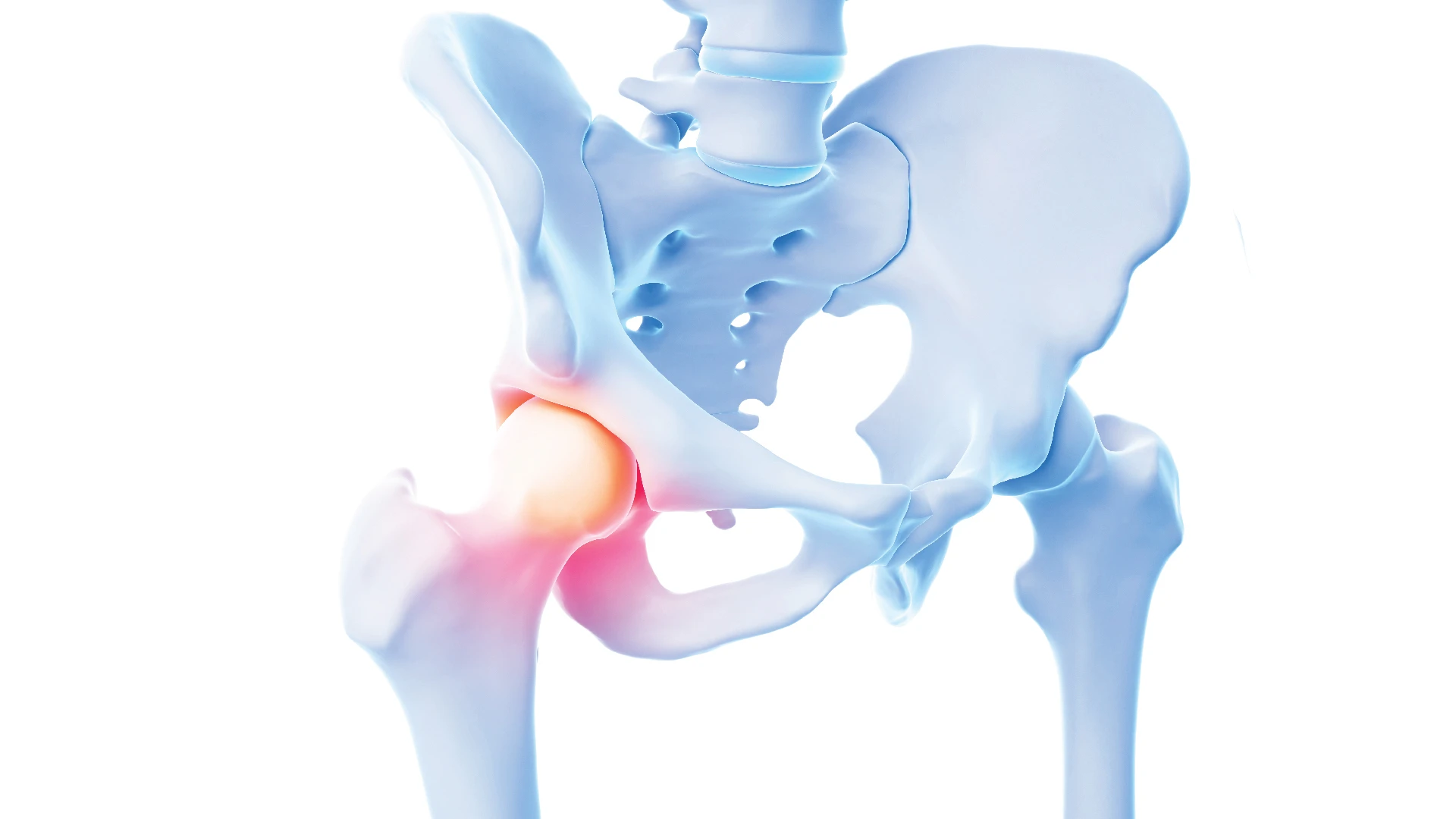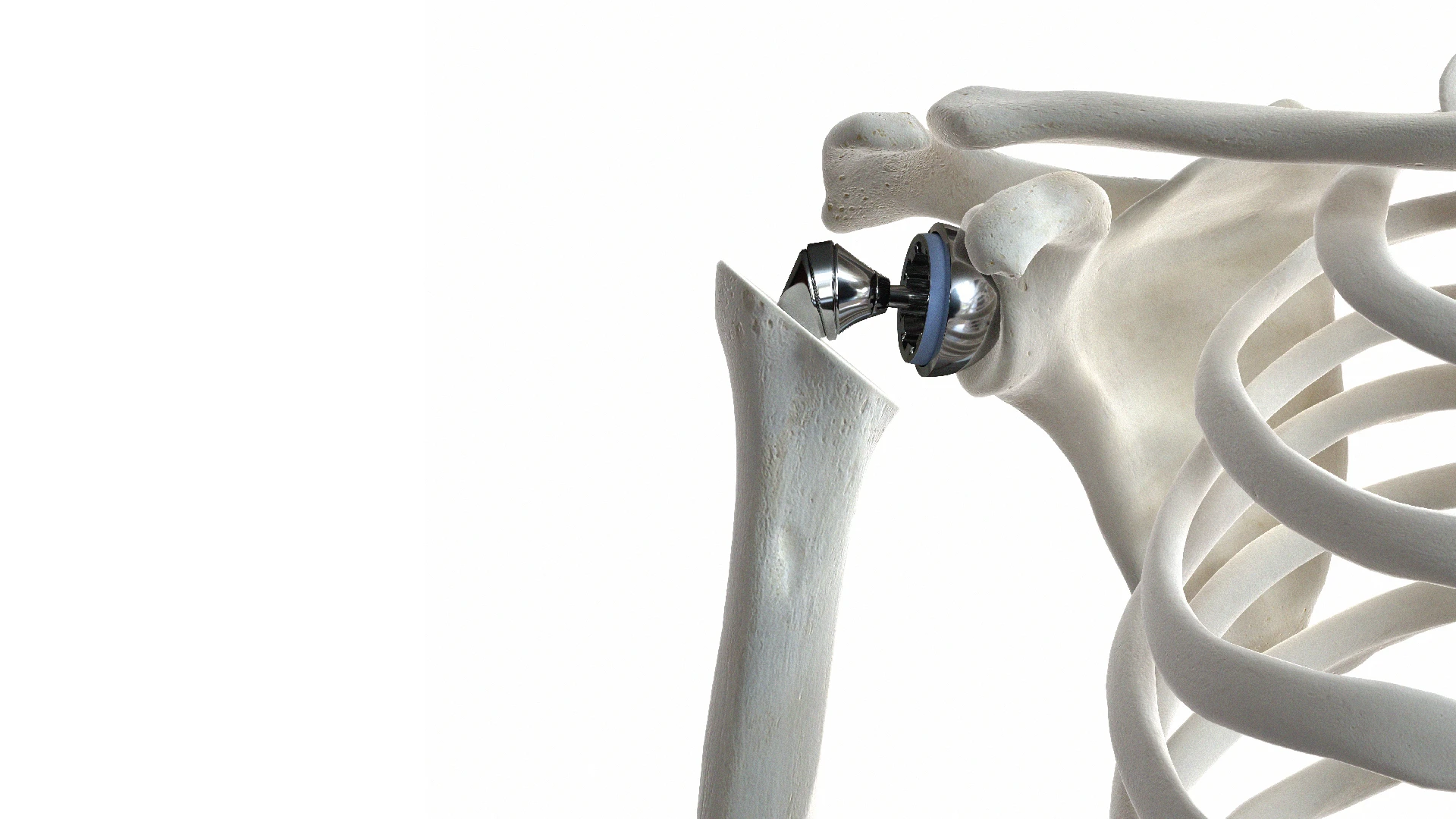ฟื้นฟู “ข้อเข่า” หลังผ่าตัดแบบครบวงจร ด้วยเทคนิคที่ทันสมัยกับรพ.เอส


การผ่าตัดข้อกระดูก เช่น ข้อเข่า ข้อสะโพก หรือข้อไหล่ อาจเป็นก้าวสำคัญในการลดอาการปวดจากโรคข้อเสื่อมหรือการบาดเจ็บ แต่การผ่าตัดเพียงอย่างเดียวไม่อาจทำให้ผลลัพธ์สมบูรณ์ได้ หากขาด “การฟื้นฟู” ที่ถูกต้องและต่อเนื่อง
ความสำคัญของการฟื้นฟูหลังผ่าตัด
หลังผ่าตัด ข้อต่อและกล้ามเนื้อจะอยู่ในภาวะอ่อนแรง การไม่ฟื้นฟูอย่างเหมาะสมอาจนำไปสู่ภาวะแทรกซ้อน เช่น ข้อติด กล้ามเนื้อฝ่อลีบ หรือการกลับมาปวดซ้ำอีกครั้ง การทำกายภาพบำบัดจึงเป็นสิ่งจำเป็น เพื่อให้ผู้ป่วยสามารถกลับมาใช้งานข้อได้อย่างมั่นคง ปลอดภัย และใกล้เคียงภาวะปกติมากที่สุด
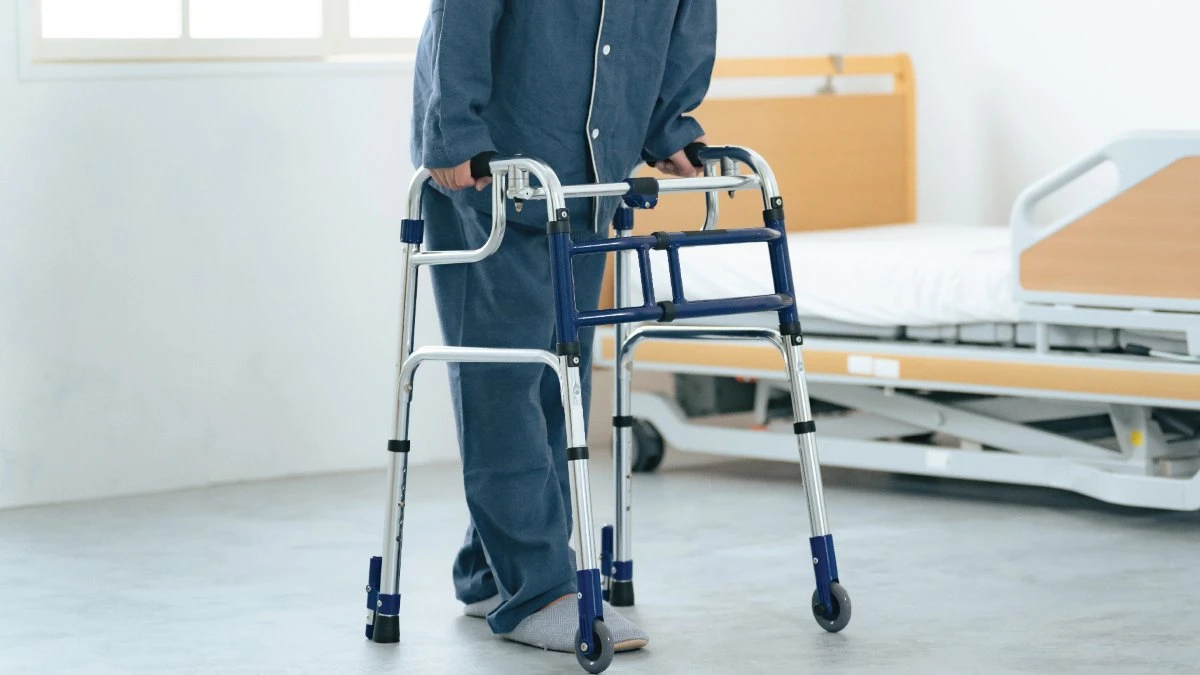
ระยะของการฟื้นฟู
ระยะเฉียบพลัน (1–2 สัปดาห์แรก): เน้นลดบวม ปวด และฝึกขยับข้อเบื้องต้น เริ่มเดินโดยใช้อุปกรณ์ช่วย เช่น ไม้เท้าหรือวอล์คเกอร์
ระยะกึ่งเฉียบพลัน (2–6 สัปดาห์): เพิ่มการออกกำลังกายแบบต้านแรง ฝึกการเคลื่อนไหวที่มากขึ้น และลดการพึ่งพาอุปกรณ์ช่วยเดิน
ระยะฟื้นฟูสมบูรณ์ (หลัง 6 สัปดาห์ขึ้นไป): เน้นการสร้างความแข็งแรงและความทนทาน กลับไปทำกิจวัตรปกติ และฝึกกิจกรรมเฉพาะทาง เช่น เดินทางไกล หรือออกกำลังกาย
เทคนิคการฟื้นฟูที่เหมาะสำหรับผู้ป่วยหลังผ่าตัด
Passive & Active ROM Exercise: การฝึกเคลื่อนไหวของข้อต่อแบบช่วยเหลือและด้วยตนเอง ช่วยลดข้อติด และเพิ่มช่วงการเคลื่อนไหวในผู้ที่ยังใช้งานข้อได้ไม่เต็มที่
Isometric Exercise: ฝึกกล้ามเนื้อโดยไม่ต้องเคลื่อนข้อต่อ เหมาะสำหรับผู้ที่ยังไม่สามารถขยับข้อได้เต็มช่วง หรืออยู่ในระยะพักฟื้นต้นๆ
Resistance Training: การออกกำลังกายแบบมีแรงต้าน เช่น ยางยืดหรือเวทเบา ช่วยเพิ่มความแข็งแรงของกล้ามเนื้อที่รองรับข้อ
Balance Training: การฝึกการทรงตัว เช่น ยืนบนพื้นไม่เรียบ หรือใช้บอร์ดทรงตัว เพื่อเสริมระบบประสาท-กล้ามเนื้อและป้องกันการหกล้ม
Functional Training: ฝึกทักษะการเคลื่อนไหวในชีวิตประจำวัน เช่น ลุกจากเตียง ใส่รองเท้า หรือขึ้น-ลงบันได เพื่อเตรียมพร้อมกลับไปใช้ชีวิตได้อย่างมั่นใจ ฝึกกิจกรรมประจำวัน เช่น ลุกจากเตียง ใส่รองเท้า
เครื่องมือกายภาพบำบัดที่ใช้บ่อย
เพื่อเสริมประสิทธิภาพของการฟื้นฟู ทางโรงพยาบาลจะเลือกใช้เครื่องมือที่เหมาะสมกับอาการของผู้ป่วย เช่น: การใช้เครื่องกระตุ้นไฟฟ้า ลดปวดและกระตุ้นกล้ามเนื้ออ่อนแรง คลื่นอัลตร้าซาวด์ / เลเซอร์: เพื่อลดอักเสบเรื้อรัง และส่งเสริมการซ่อมแซมเนื้อเยื่อ หรือ การใช้เทคนิค CPM หรือ เครื่องอบร้อน-เย็น: ช่วยขยับข้อ ป้องกันข้อติด และลดบวมหลังผ่าตัด กระตุ้นการฟื้นตัวของกล้ามเนื้อและเส้นประสาท
ข้อดีของการใช้เครื่องมือร่วมกับการฟื้นฟู
การฟื้นฟูที่มีประสิทธิภาพไม่ได้ขึ้นอยู่กับการออกกำลังกายเพียงอย่างเดียว แต่รวมถึงการเลือกใช้เครื่องมือที่เหมาะสมกับระยะฟื้นตัวและอาการของผู้ป่วย ซึ่งช่วยให้การรักษาเห็นผลชัดเจนยิ่งขึ้น เช่น
🎯 ช่วยบรรเทาอาการปวดได้รวดเร็ว: โดยเฉพาะในช่วงหลังผ่าตัดใหม่ๆ
🎯 ลดความจำเป็นในการใช้ยา: เหมาะสำหรับผู้ป่วยที่แพ้ยาหรือไม่ต้องการพึ่งพายาในระยะยาว
เร่งกระบวนการฟื้นฟู: เครื่องมือบางชนิดสามารถเพิ่มการไหลเวียนโลหิต กระตุ้นเนื้อเยื่อให้ซ่อมแซมตัวเองได้ไวขึ้น
เหมาะกับผู้ป่วยทุกช่วงวัย: ทั้งผู้สูงอายุที่ต้องการฟื้นตัวอย่างปลอดภัย และวัยทำงานที่ต้องการกลับไปใช้งานข้อให้เร็วที่สุด
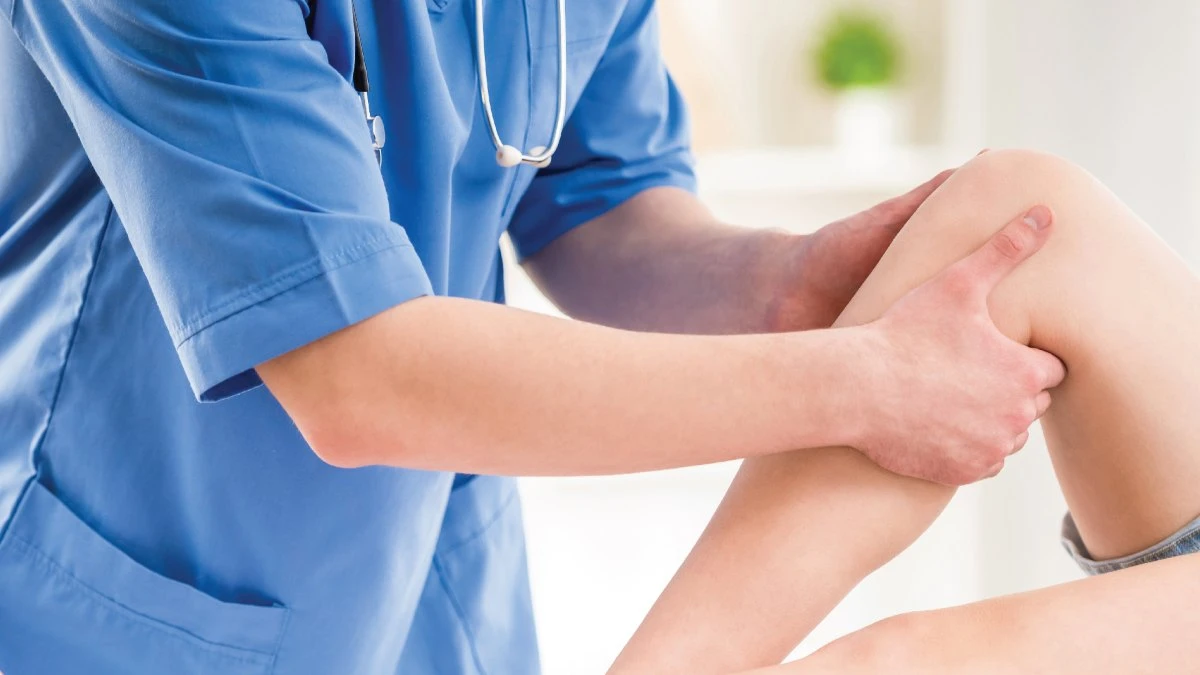
การดูแลอย่างใส่ใจของโรงพยาบาลเอส
ที่โรงพยาบาลเอส เราให้ความสำคัญกับการฟื้นฟูทุกขั้นตอน ด้วยทีมแพทย์และนักกายภาพบำบัดเฉพาะทางที่มีประสบการณ์สูง พร้อมด้วยเครื่องมือที่ทันสมัย เพื่อดูแลผู้ป่วยแต่ละรายอย่างเหมาะสม เพื่อให้คุณกลับมาเคลื่อนไหวได้อย่างมั่นใจในทุกวัน
Read More
Related Services

No. 2102/9 Ladprao Road, Wang Thonglang Subdistrict, Wang Thonglang District, Bangkok 10310
Call : 02-034-0808Our Services
Quick Menu
Copyright © 2025 S Spine and Joint Hospital. All right reserved


